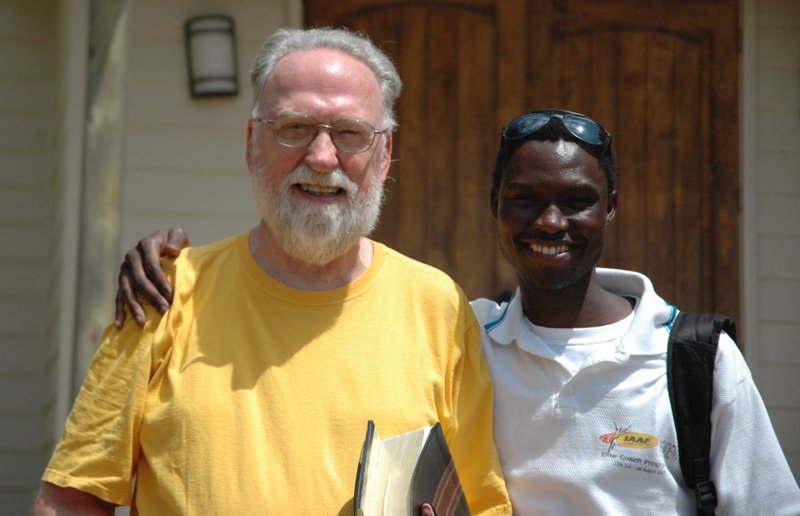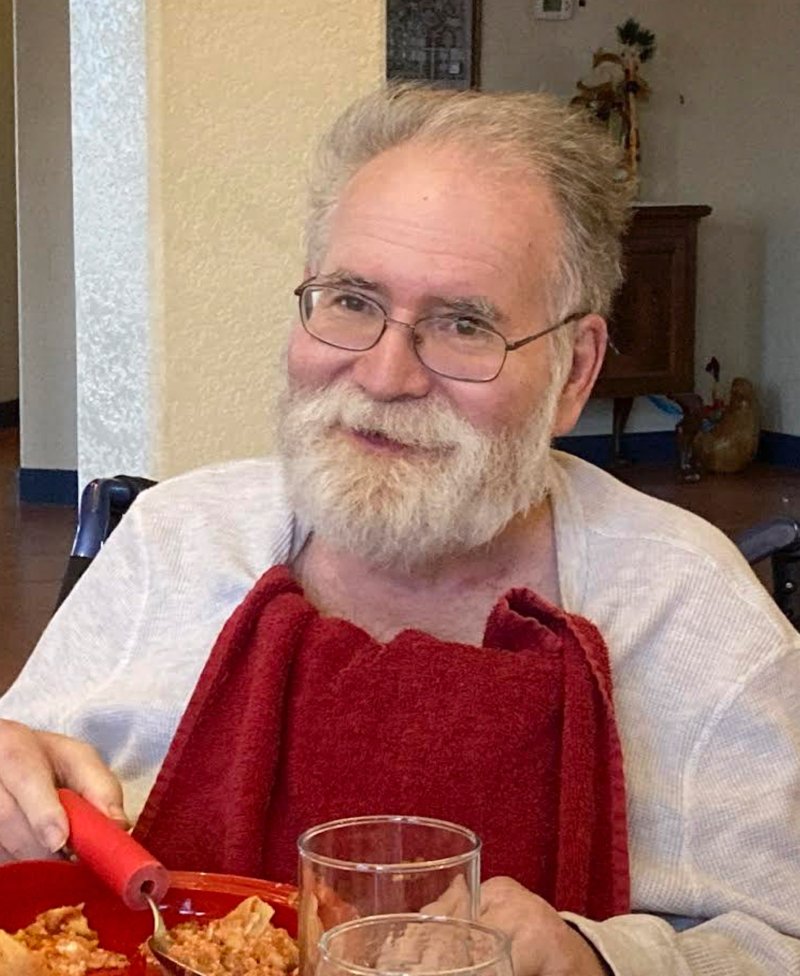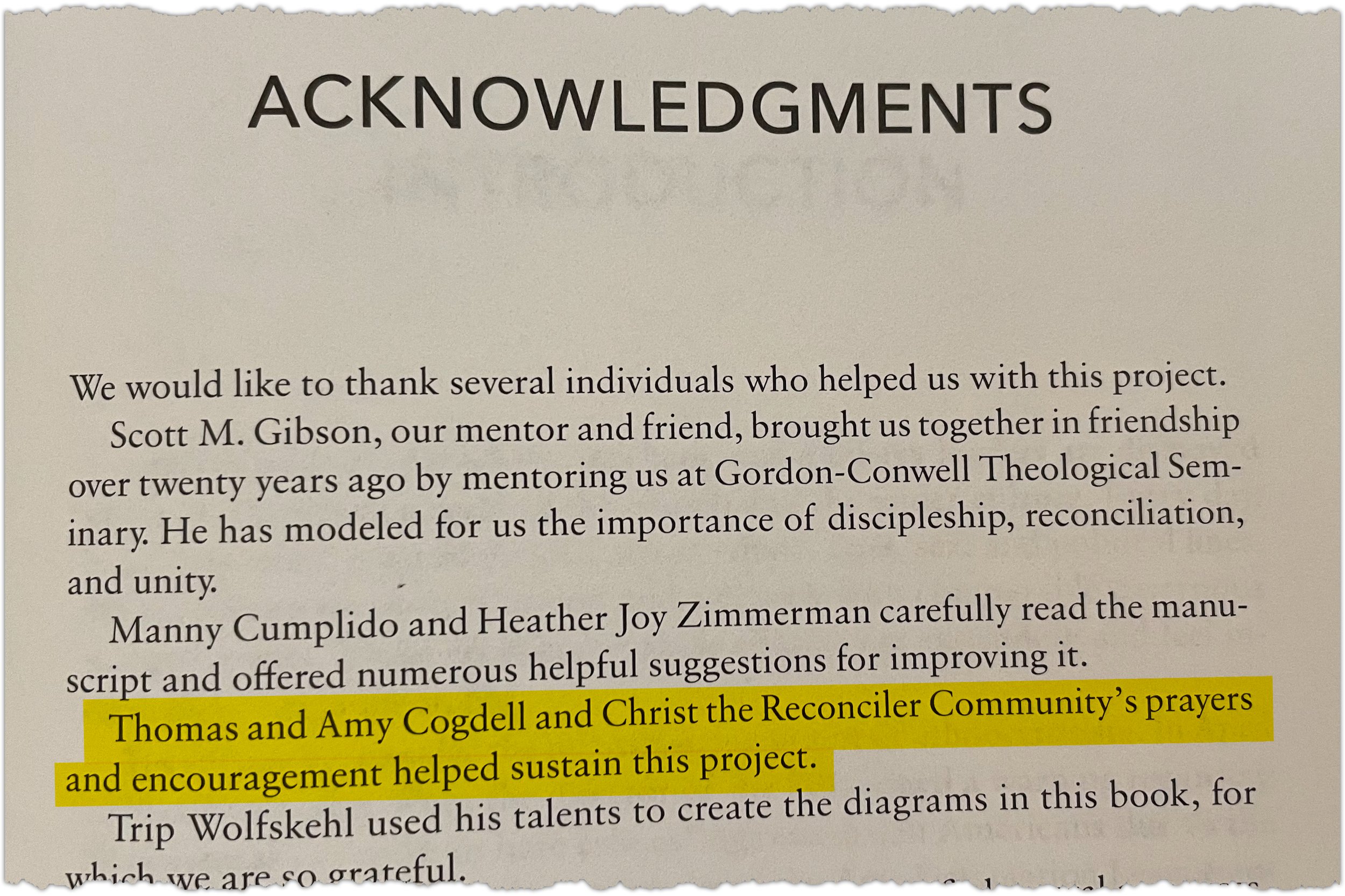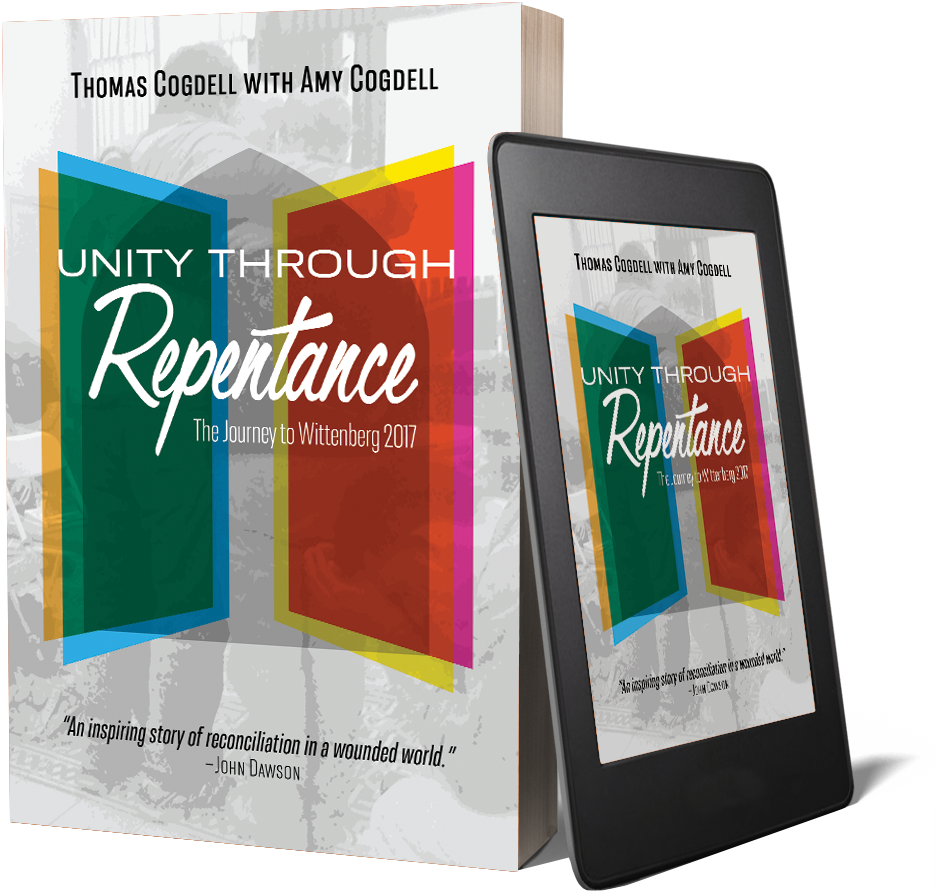Taming the Tongue is a surprising and wonderful book from our friend Rabbi Dr. Mark Kinzer! Surprising, because it is pastoral, not theological (as most of his books are). Wonderful, because it addresses an important part of community life in a deep, simple, and practical way. So much so, that we’re considering having a book study on it in the future!
Rabbi Kinzer blends considerations from Jewish thought, the Old Testament (including Ecclesiasticus, which is in the Catholic bible but not most Protestant bibles), and the New Testament in this short book. His focus is to help us become aware of ways in which our speech often violates biblical standards (negatively), or doesn’t live up to them (positively).
After an introductory chapter, there are three chapters on speech habits to root out - slander, gossip, and negative humor. They are very challenging! (Even to those of us who have been working on this for decades.)
The final three chapters focus on growing in positive modes of speech - edification, gracious speech, and words of worship and praise. These chapters are also very challenging! Rabbi Kinzer encourages us to not be silent where we are called to speak words that can help our brothers and sisters, or glorify our great God.
The topic in this book is closely related to several aspects of life at CTR we hold dear:
George Miley’s teachings on contempt as a sin of violence
Caroline Owens’ teaching on The Accuser of the Brethren
Our two community rules (both the renunciations and the commitments)
Buy it! Read it! And most of all … practice it!
































